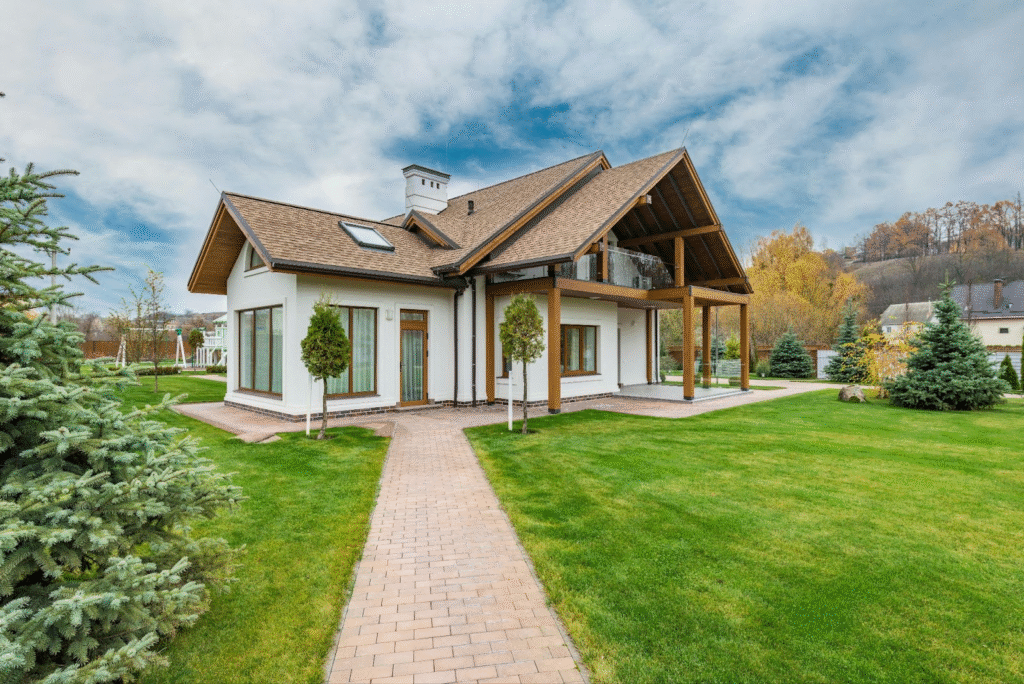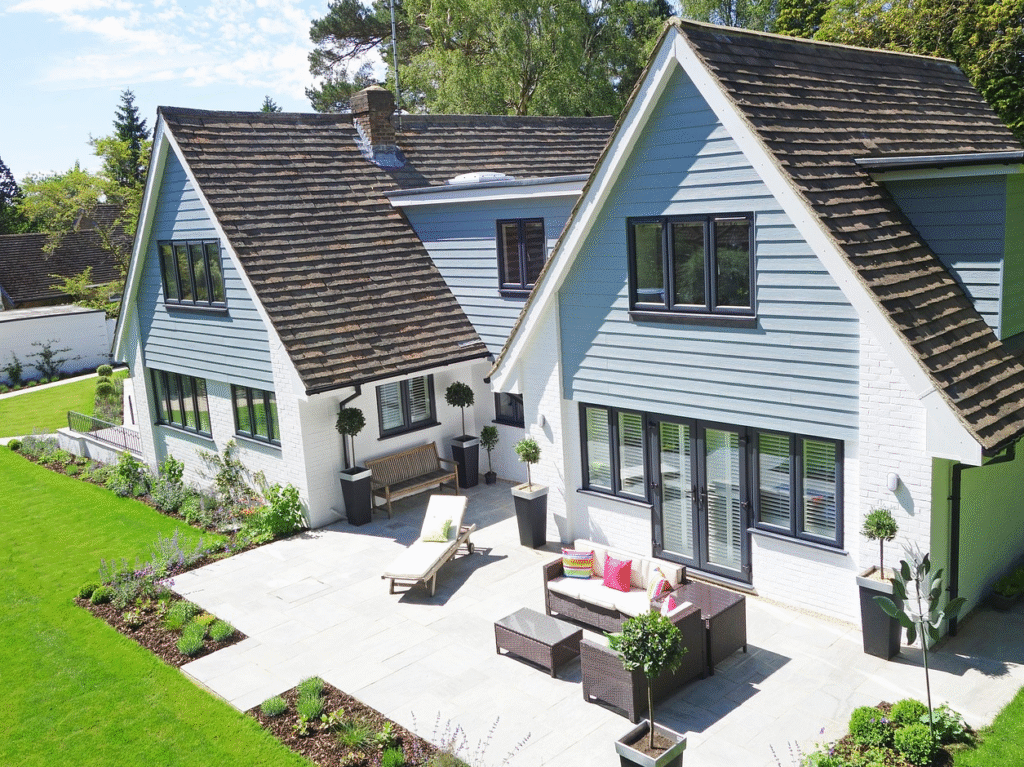
When building or renovating a home, material choices for roofing and flooring play a significant role in long-term comfort, safety, and durability. One often overlooked factor during the selection process is the climate in which the home exists. Temperature shifts, humidity levels, rainfall, snow accumulation, and sun exposure all affect the performance of materials over time.
Selecting materials that are suited to local conditions can lead to improved energy efficiency, lower maintenance expenses, and a higher quality of life.
Matching Roofing Materials With Weather Patterns
A roof serves as a home’s primary protection against the elements, and its material’s performance is significantly impacted by climate. For example, in hot, sunny areas, roofs face intense UV radiation. Extended heat exposure can accelerate the deterioration of materials like asphalt shingles. In these climates, reflective or cool roofing options such as metal, clay tiles, or specialized coatings can deflect heat and extend the roof’s lifespan.
In contrast, colder climates require roofing that can handle heavy snow and freezing conditions. Materials like slate and asphalt shingles with high wind resistance are better suited to snowy and icy environments. They allow for better water runoff and resist the freeze-thaw cycles that can damage substandard materials. Roofing underlayments also matter more in areas prone to moisture. If the roof cannot manage moisture well, leaks and mold become long-term concerns.
In coastal zones where salt, humidity, and high winds are regular challenges, corrosion-resistant roofing materials are essential. Standing seam metal roofs and treated wood shakes are often preferred due to their ability to resist decay and wind uplift. The choice of material in such environments not only affects performance but also insurance rates and maintenance costs over time.
Selecting Flooring That Responds to Environmental Conditions
While the roof protects the home from above, the floor must adapt to what lies below and within. Flooring is affected by internal temperature regulation and moisture levels, both of which are tied to regional climate. In humid areas, materials like solid hardwood can expand, contract, or warp. Engineered hardwood or porcelain tile offers more stability in these conditions while preserving aesthetics.
Colder climates benefit from flooring materials that retain heat and support insulation, such as carpet, cork, or insulated laminate. These choices enhance comfort underfoot and help maintain interior warmth during the colder months. Radiant floor heating systems paired with compatible flooring materials, like stone or tile, can be especially effective in such areas.
In dry and hot locations, stone or tile flooring performs well because it resists warping and does not trap heat. These materials also remain cool underfoot, offering relief from soaring outdoor temperatures. Flooring that conducts temperature well can contribute to energy savings by naturally assisting in home temperature regulation.
Mid-range climates with seasonal changes require more versatile materials. Laminate, vinyl plank, or hybrid flooring types strike a balance between resilience and adaptability. When installed with proper underlayment, these materials can manage modest fluctuations in humidity and temperature without sacrificing longevity or appearance.
Factoring in Longevity and Maintenance Requirements
Beyond performance, climate also influences how much maintenance your roofing and flooring will need. In areas with frequent storms, such as the Southeast or Pacific Coast, debris, moisture, and wind create more wear and tear. Regular inspections and cleaning become necessary, especially for roofing. In dry regions, dust and sand can damage finishes and surfaces, leading to a different set of maintenance needs.
Companies like Hoyt Roofs understand the unique roofing challenges posed by coastal climates like those found in Huntington Beach. By addressing environmental considerations upfront, homeowners can avoid expensive repairs and extend the lifespan of their roof.
Similarly, Better Floors‘ experience with porcelain tile in humid environments like Richmond offers insight into how flooring materials need to be chosen not just for visual appeal but also for climate compatibility. Porcelain tile, for instance, is low-maintenance, moisture-resistant, and suitable for a variety of interior environments.
Integrating Climate Into Sustainable Design Choices
Selecting climate-appropriate materials also supports environmentally sustainable design. Durable, long-lasting products that suit their environment reduce waste and the need for frequent replacements. Energy-efficient materials further contribute to sustainability by lowering heating and cooling demands.
High solar reflectance roofing cuts air conditioning needs, and insulated floors reduce heating, boosting energy efficiency and lowering environmental impact. Local material sourcing also shortens transport, cuts carbon, and aligns with local building standards.
Beyond aesthetics and initial expense, climate plays a crucial role in selecting roofing and flooring materials. When materials align with their environment, they contribute to a home’s lasting value, resilience, and energy efficiency. Conversely, unsuitable material choices can result in increased energy consumption, frequent maintenance, or even necessitate complete replacement over time.
By considering climate factors during the planning stage, homeowners position themselves to benefit from lasting comfort and reduced operational costs. Whether installing a new roof in a coastal region or updating the floors in a mountain home, regional weather conditions must guide these foundational decisions. Overlooking this relationship can cost time, money, and peace of mind—whereas aligning choices with the local environment ensures a more resilient and livable home.




